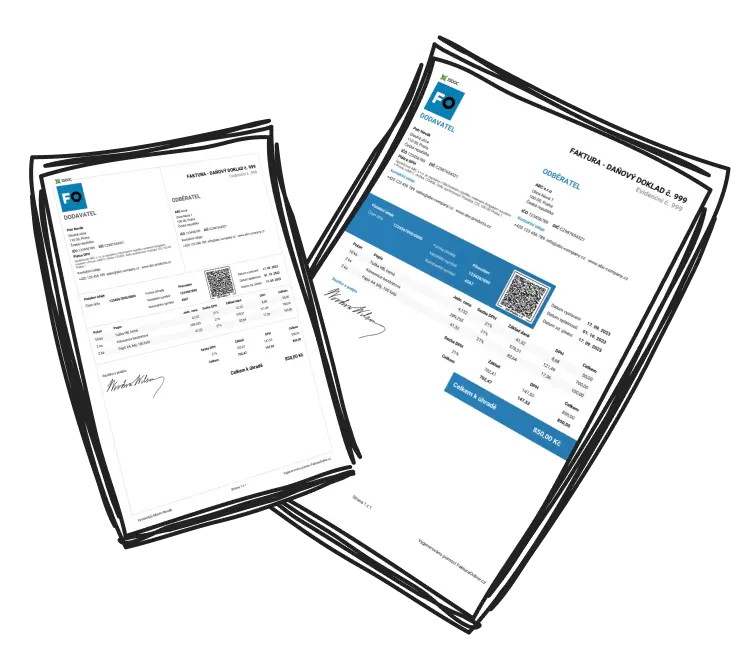Providing payment instructions on an invoice gives customers the essential information needed to complete transactions smoothly. They detail the methods of payment, due dates, and account specifics such as bank details, thereby eliminating confusion and ensuring transactions occur on time.
Guidelines for Small Business Owners: Creating Effective Payment Instructions
For clarity and effectiveness in payment instructions, consider these straightforward steps:
Organised Structure: Employ invoice templates or software that dedicate sections to payment details.
Specify Payment Methods: Clearly mention all accepted payment methods and any associated information like bank account or PayPal details.
Define Payment Terms: Specify due dates explicitly, alongside any applicable late fees or discounts.
Simplicity is Key: Avoid jargon; use simple language and emphasise critical information with bullet points or bold text.

Expert Advice
Test the layout of your invoice and the clarity of instructions frequently to ensure they meet customer expectations.
Essential Components for Effective Payment Instructions
Invoices should include the following key elements to ensure clarity:
Payment Methods: Indicate whether payment is accepted via bank transfer, PayPal, or credit card.
Account Information: Provide bank account numbers, IBANs, or relevant online payment emails.
Reference Number: Always require the invoice number as a reference, and include additional identifiers if necessary.
Due Date: Explicitly state when the payment is due, like "Payment due 14 days from the issue date."
Penalties for Late Payments: Clearly outline any late fees or interest rates applicable.
Currency Preference: Specify currency, especially for international dealings, such as pounds, dollars, or euros.
Support Contacts: Include phone numbers or email addresses for billing inquiries.
Additional Notes: Address concerns like transaction fees ('To be absorbed by the payer').
Incorporate policies for overdue payments to deter delays and encourage timely transactions.
The Importance of Clear Payment Instructions for Small Business Success
Explicit payment instructions are vital for a business's positive cash flow and cultivating client confidence. For small enterprises needing consistent income to manage daily operations, any ambiguity can result in postponed payments and financial challenges.
By ensuring there is no room for ambiguity, businesses can encourage quicker payments and reduce potential errors, portraying them as professional and reliable partners, strengthening client relations.
Best Practices in Composing Invoice Payment Instructions
Employ these best practices to draft effective payment instructions for invoices:
Clearly label each section, e.g. "Payment Instructions".
Maintain concise, clear language throughout the instructions.
Delineate instructions for domestic vs. international payments as applicable.
Ensure the provided account details align accurately with your company’s registered name.
Consider integrating helpful tools like payment buttons or QR codes for ease of payment.

Final Advice
Maintain uniformity by using identical payment terms and layouts across all invoices to project professionalism.


